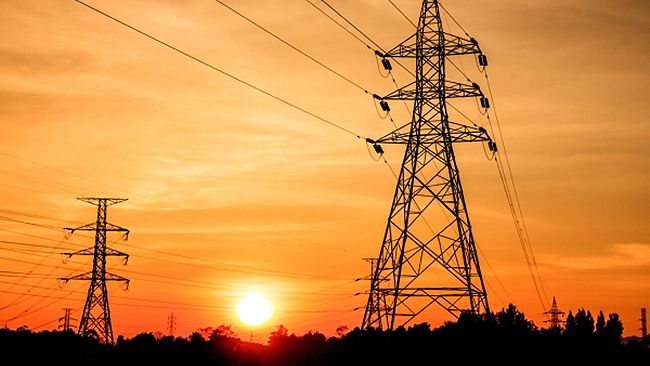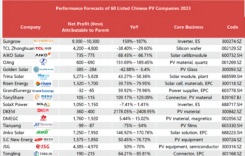- Duke Energy Carolinas achieves new summer peak usage record: 21,086 megawatt-hours.
- Duke Energy Carolinas and Duke Energy Progress set new combined usage record: 34,079 megawatt-hours.
PVTIME – Duke Energy Carolinas customers in North Carolina and South Carolina set a summertime record for electricity usage as this week’s heat wave drove up energy demand.

The new summer peak usage record is 21,086 megawatt-hours of electricity for the hour ending at 6 p.m., Monday, June 13, 2022 – exceeding the previous summertime record of 20,671 megawatt-hours, set on July 27, 2016.
The all-time Duke Energy Carolinas record – covering both summer and winter seasons – remains 21,620 megawatt-hours, set on Jan. 5, 2018.
Duke Energy Carolinas serves customers in central and western North Carolina and Upstate South Carolina.
Duke Energy Progress – the company’s other Carolinas utility, which serves the Asheville area, Raleigh and large portions of eastern North Carolina and Pee Dee South Carolina – did not achieve a usage record.
But the two utilities achieved a new combined summer peak usage record of 34,079 megawatt-hours of electricity consumption for the hour ending at 6 p.m. on Monday. The new combined peak replaces the previous record of 33,631 megawatt-hours, set on July 20, 2020.
Duke Energy closely monitors the electric system during periods of high temperatures to ensure customers continue to receive reliable service.
“We have a detailed plan in place to manage the power grid in extreme temperatures – whether it’s the heat of summer or the cold of winter,” said Sam Holeman, Duke Energy vice president of system planning and operations. “Our technicians work around the clock at our power plants and along our power lines to help ensure we have sufficient resources to meet our customers’ needs.”
No matter the weather, company prepared
Duke Energy regularly maintains generating plants and makes improvements to its transmission and distribution systems to help prepare for extreme conditions.
When temperatures are extreme, the company relies on a diverse energy mix that includes nuclear power, hydro, natural gas, oil, coal, and nearly 4,500 megawatts of solar generation, which helps serve customers when summer heat and customer demand for electricity are at their highest.
Duke Energy is also interconnected to utilities in other states, providing options to purchase power from other sources, especially when customer demand for energy is highest. Voluntary demand response programs also help maximize available power for customers.
The company also uses historical data, real-time analysis and predictive modeling, along with an in-house meteorology team and years of operational experience, to anticipate challenges before they occur, and ensure the power grid performs well and delivers reliable power when customers need it most.
Grid-strengthening initiatives harden system against extreme weather
Duke Energy is strengthening the grid, making it more resistant to outages from severe weather, and protecting it from physical and cyber threats.
As storms have increased in frequency and intensity in many areas, the company is working to engineer a climate-resistant grid, hardened against extreme conditions and optimized for a cleaner, lower-carbon future.
“In my 37-year career, we have been able to reliably meet customer demand for electricity, even in extreme temperatures, and it’s Duke Energy’s goal to continue that track record,” said Holeman. “We plan for a variety of extreme weather conditions and test and improve our system so that it performs at a high level when our customers need it the most. Along with improved resiliency, we are working to transition to cleaner energy resources to serve our customers today and in the decades to come.”











